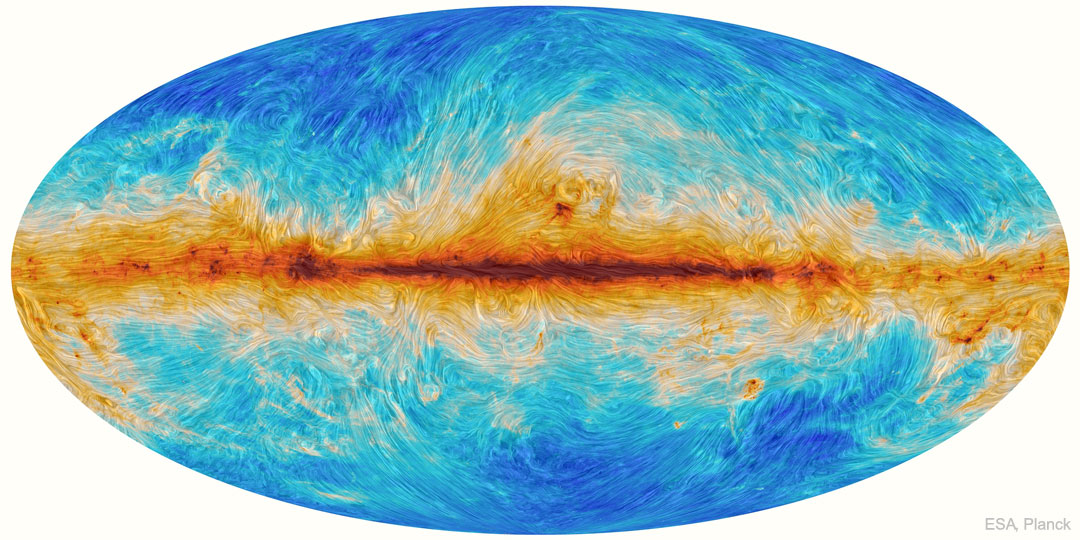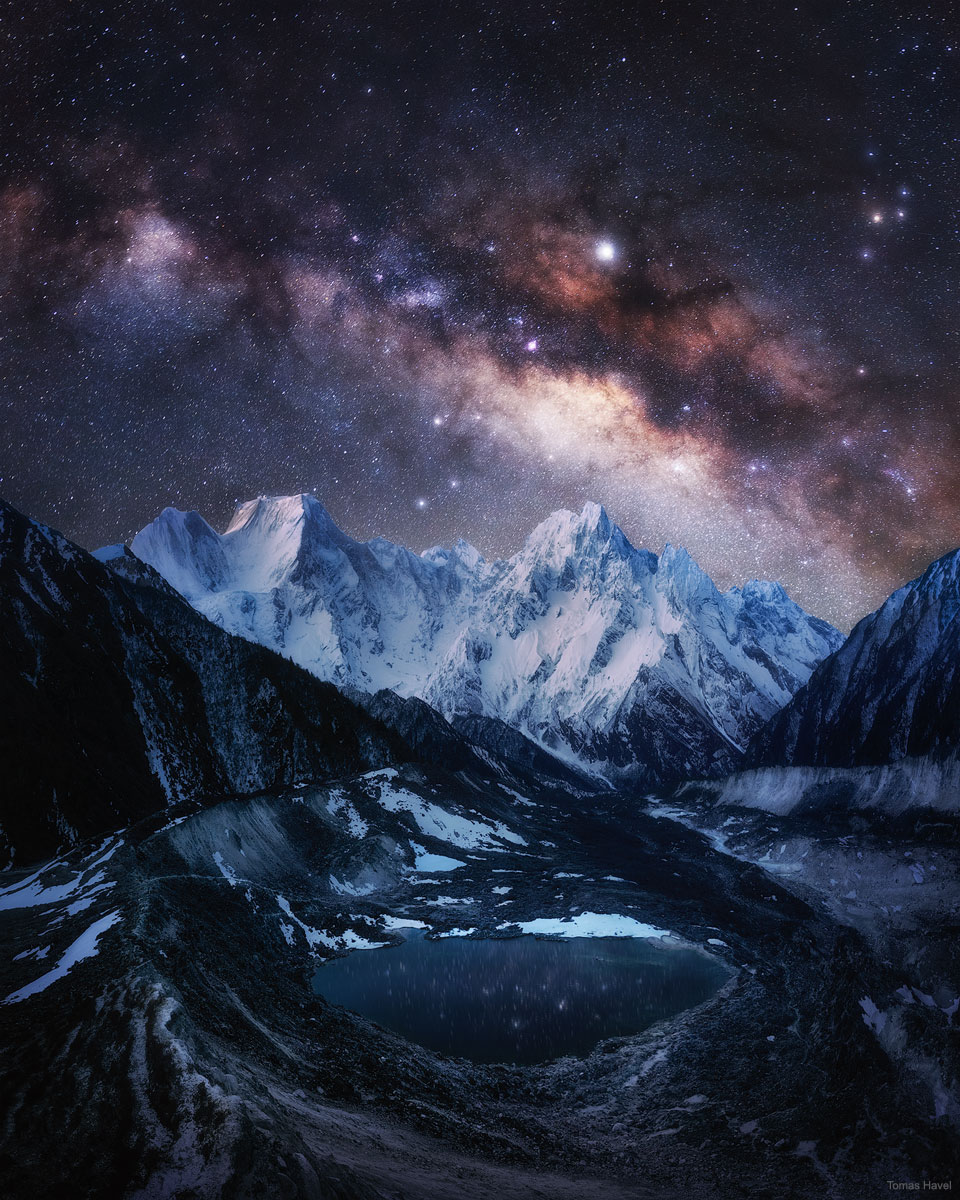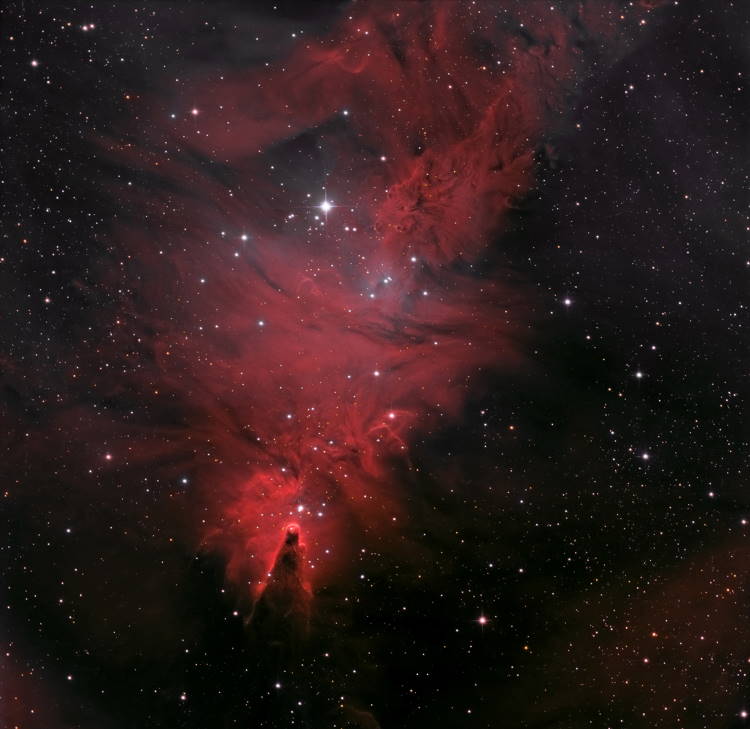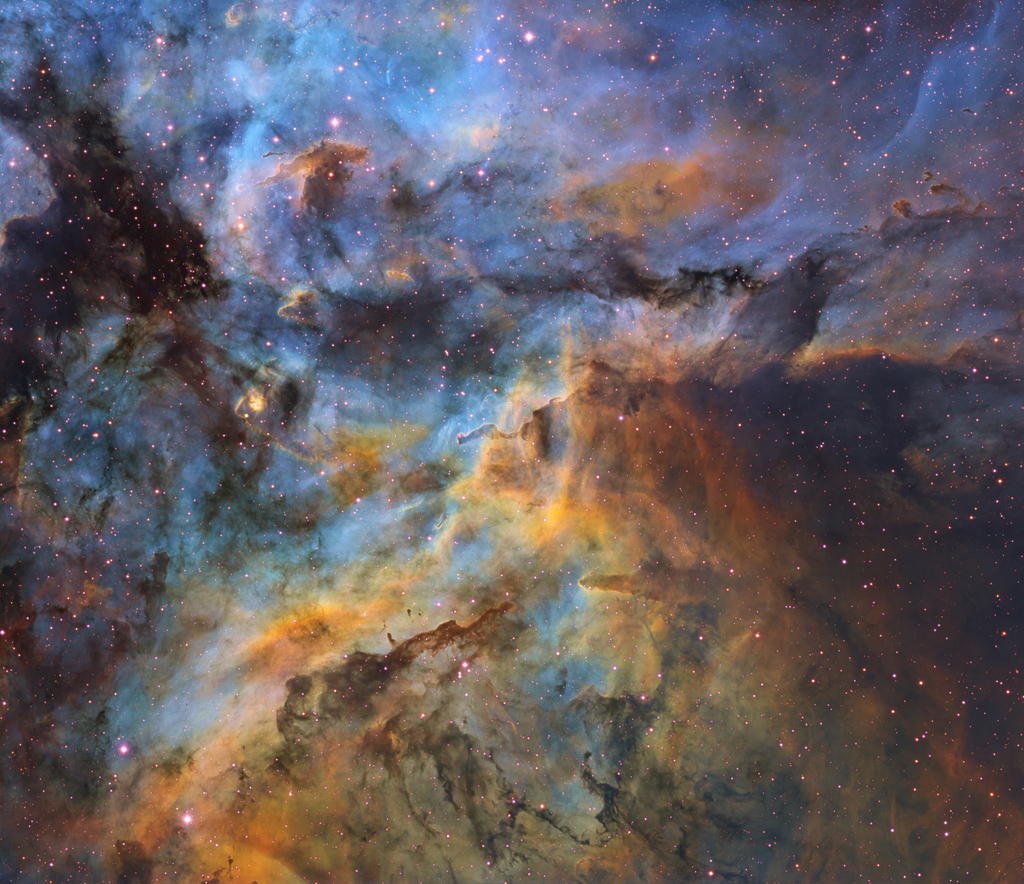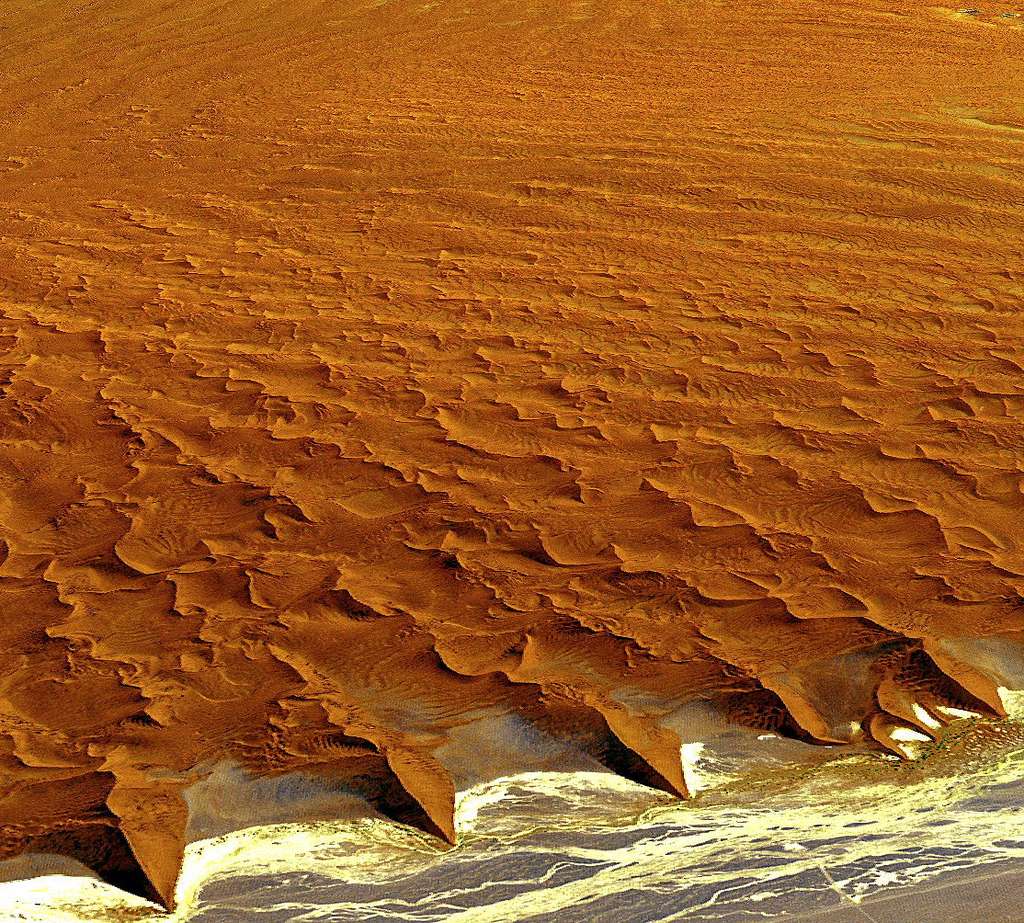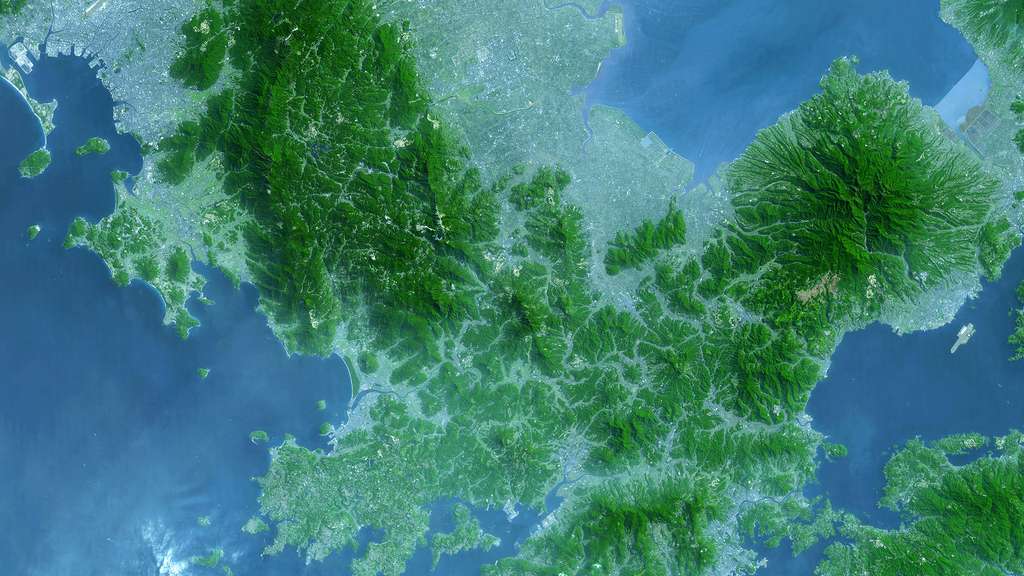
L'île de Kyūshū est la parfaite illustration de la complexité de l'œkoumène du Japon qui se trouve à l'intersection de quatre plaques tectoniques : le Pacifique, la mer des Philippines, l'Amérique du Nord, et l'Eurasie. Kyūshū se situe sur une zone de subduction où une plaque tectonique plonge sous une autre, donnant naissance à une topographie mêlant montagnes, plaines, volcans actifs (mont Unzen) et éteints (mont Tara).
Sur cette image satellite dont les couleurs ont été simulées, l'eau est bleue, la végétation verte et les zones urbaines sont en blanc et dégradé de bleu-gris. On peut ainsi se rendre compte de l'intrication complexe entre les zones habitées et montagneuses.


